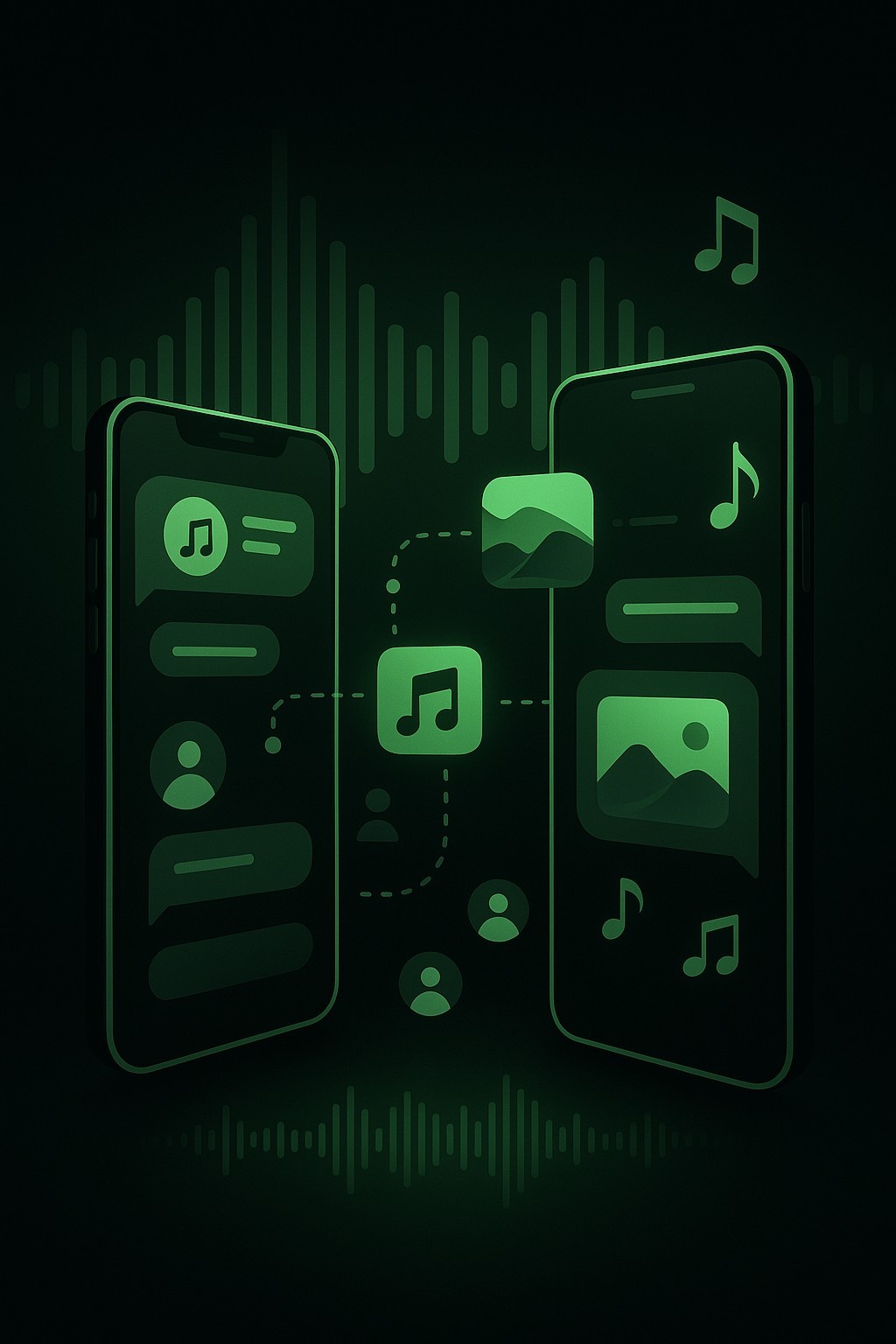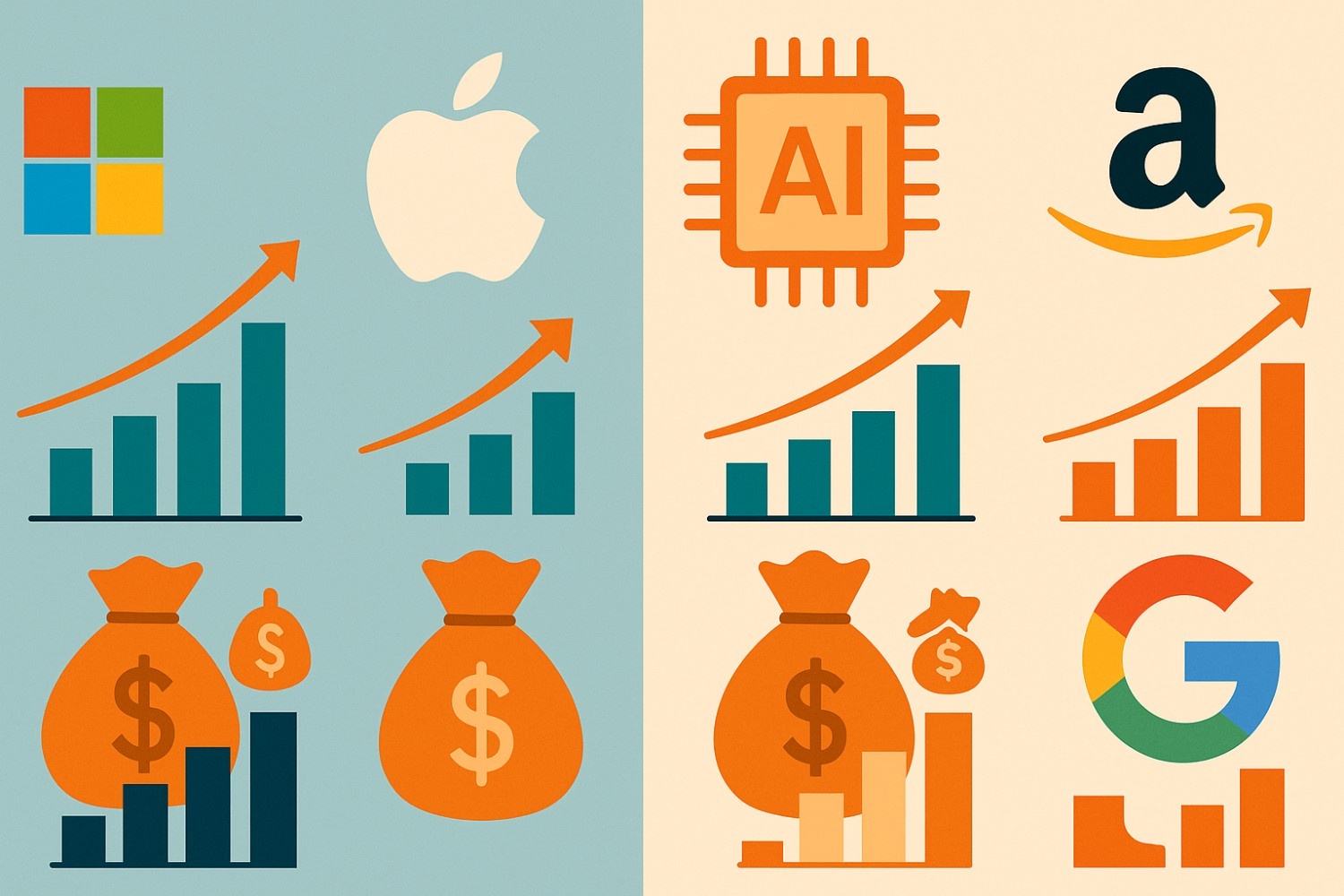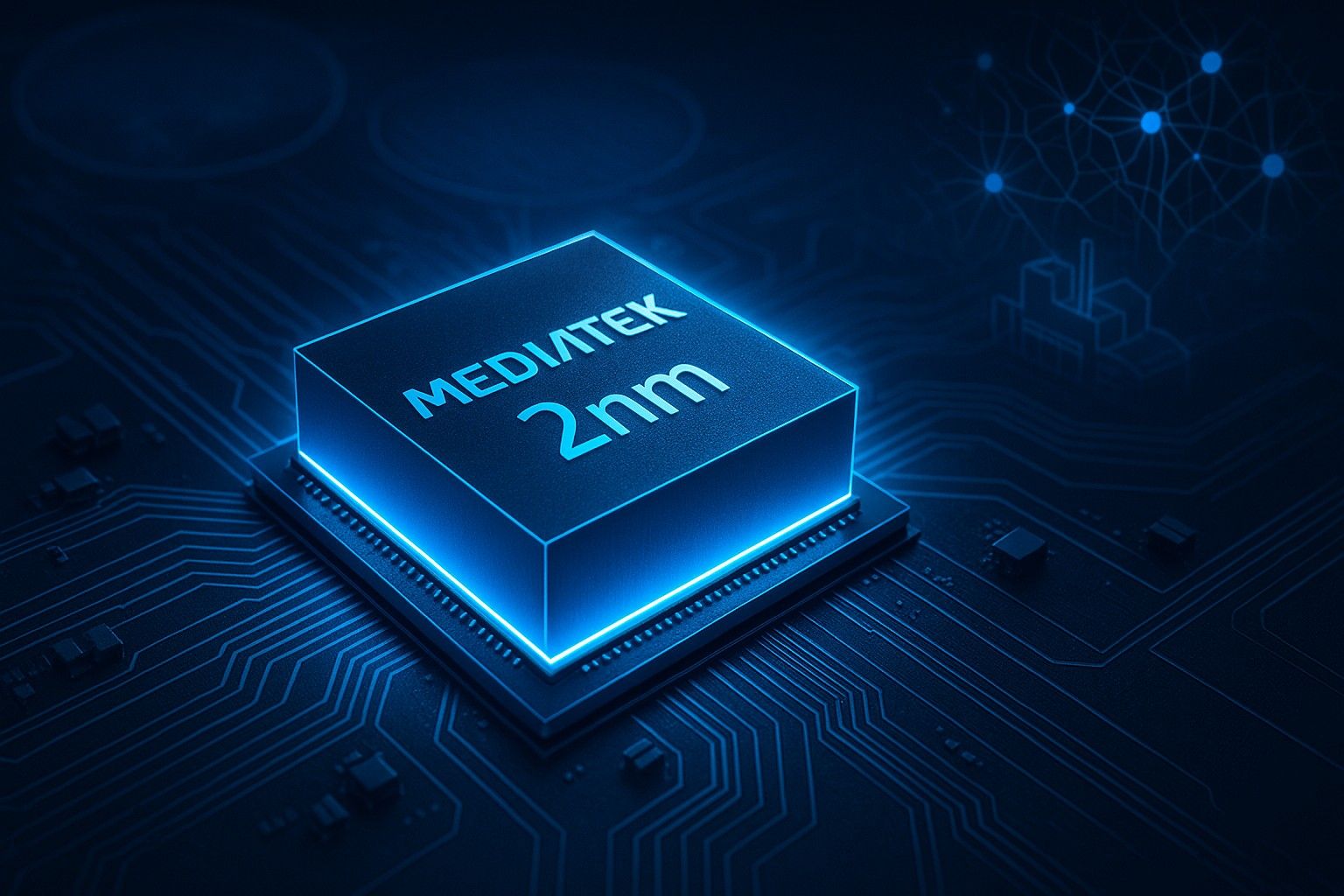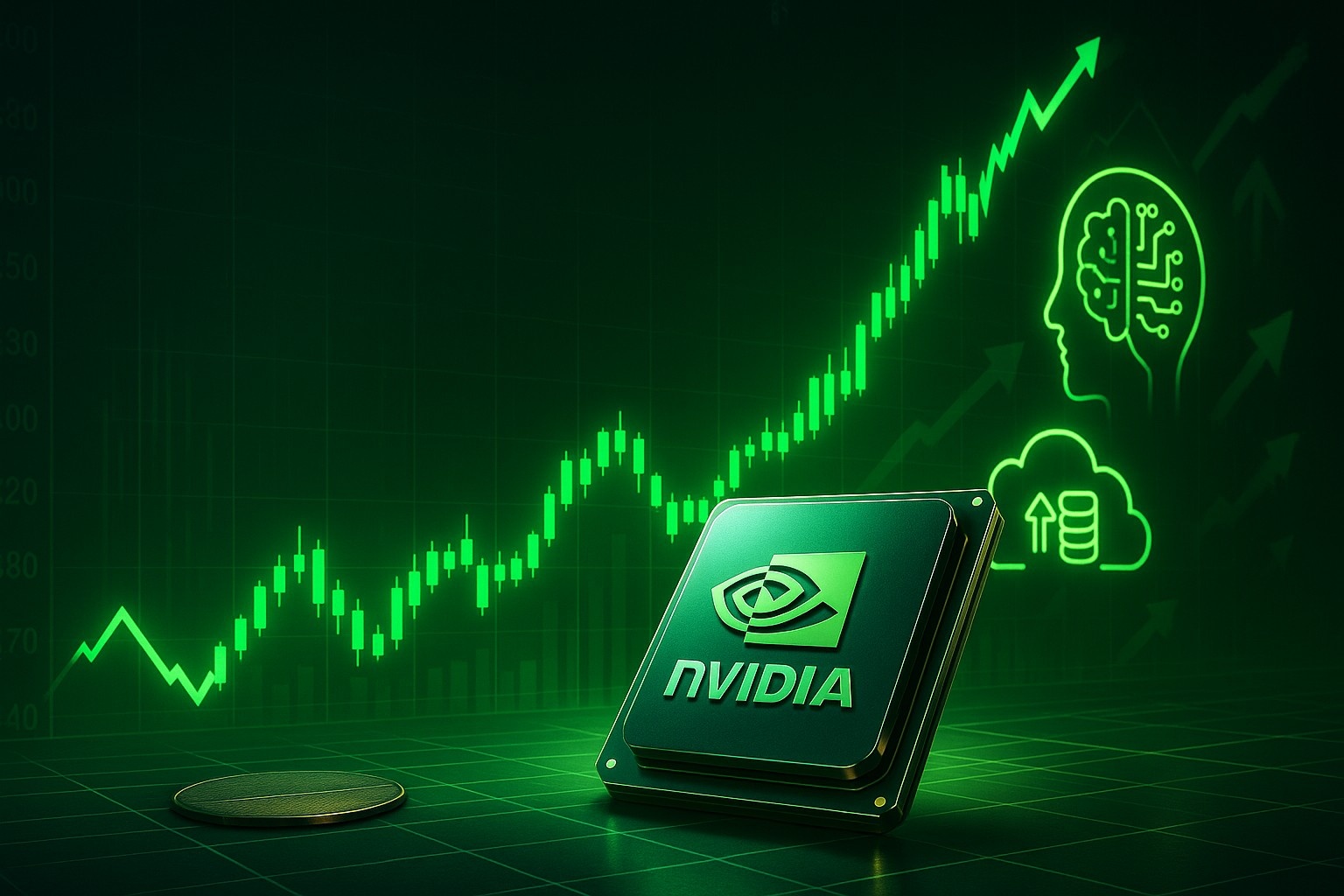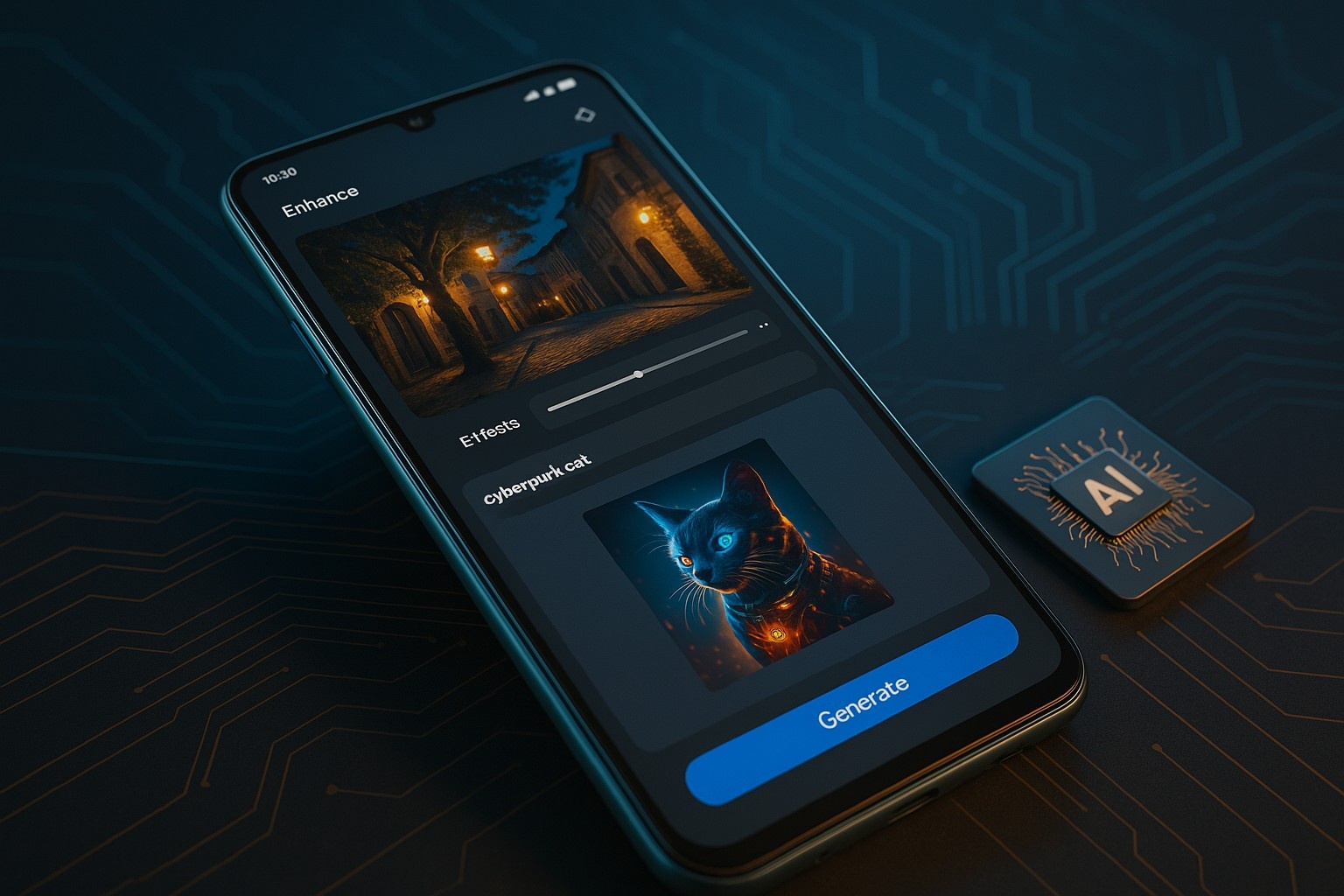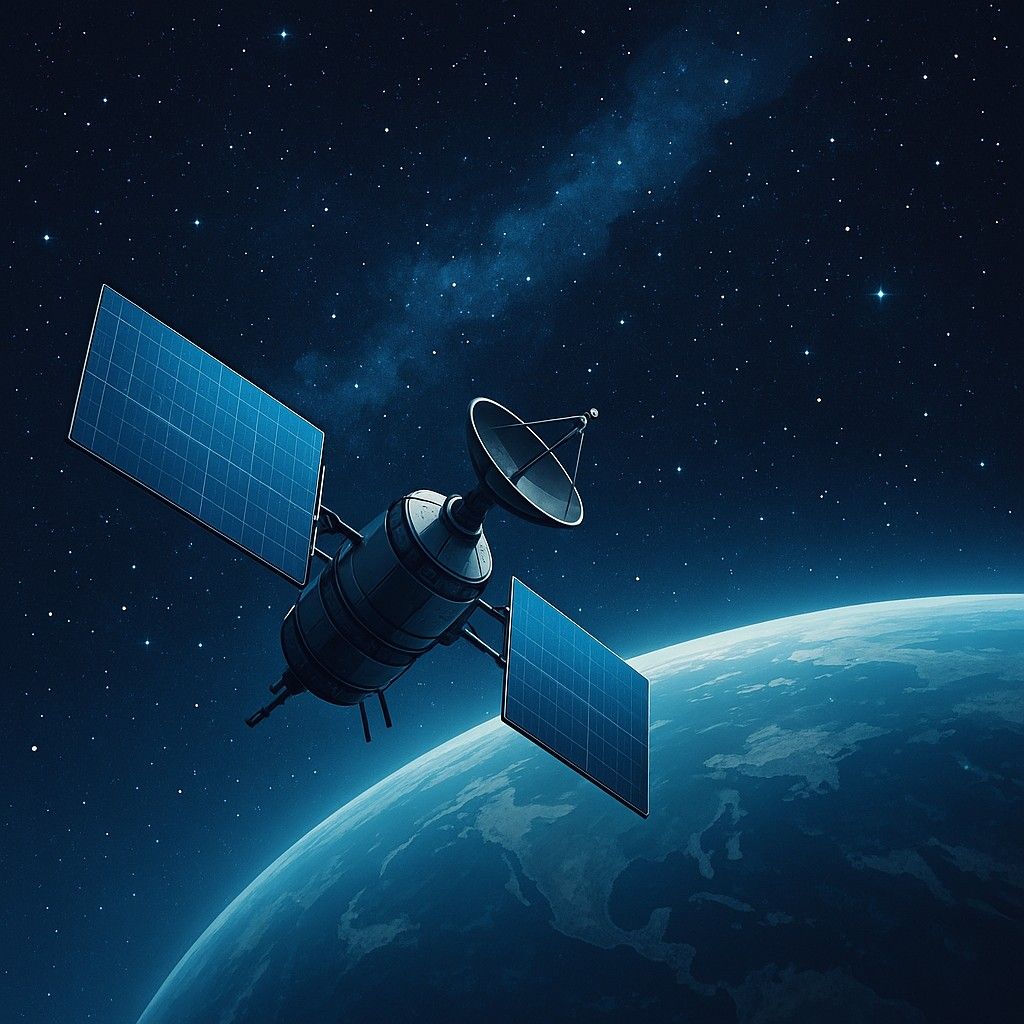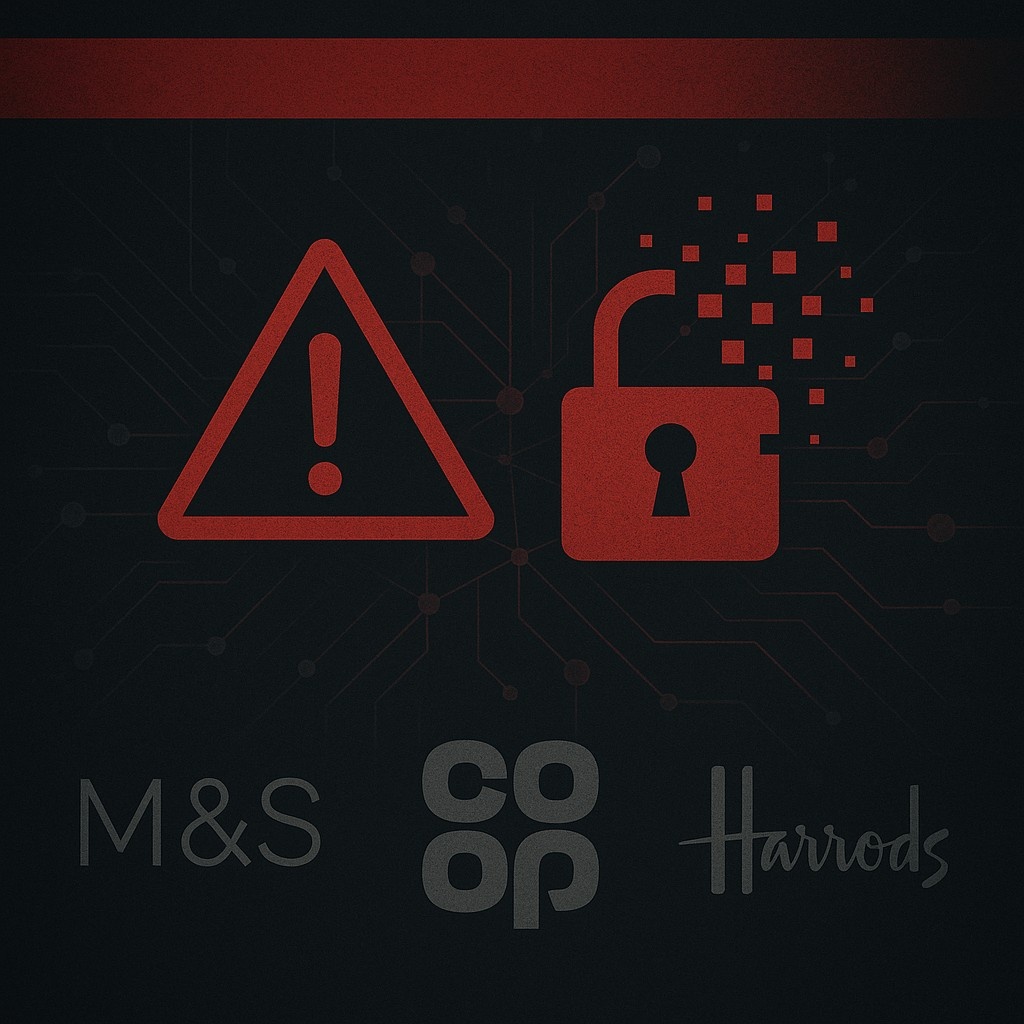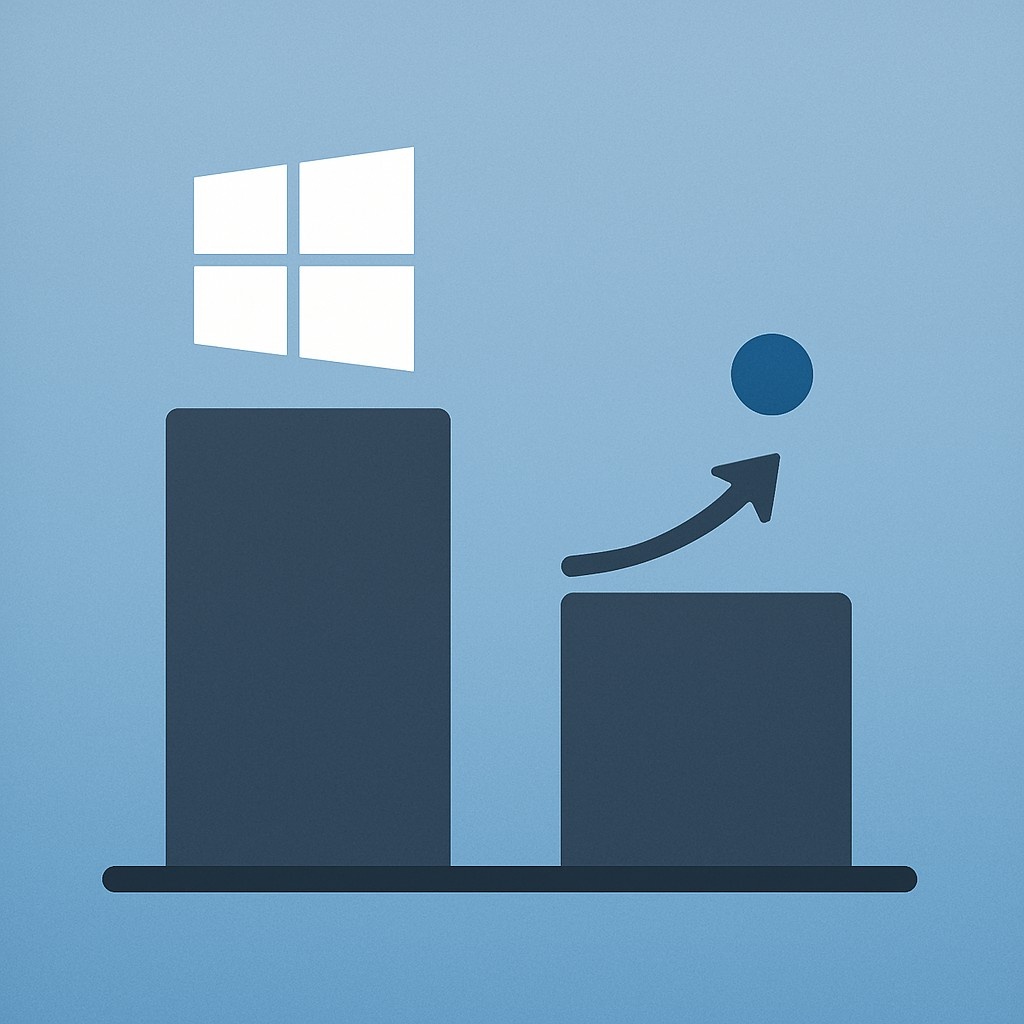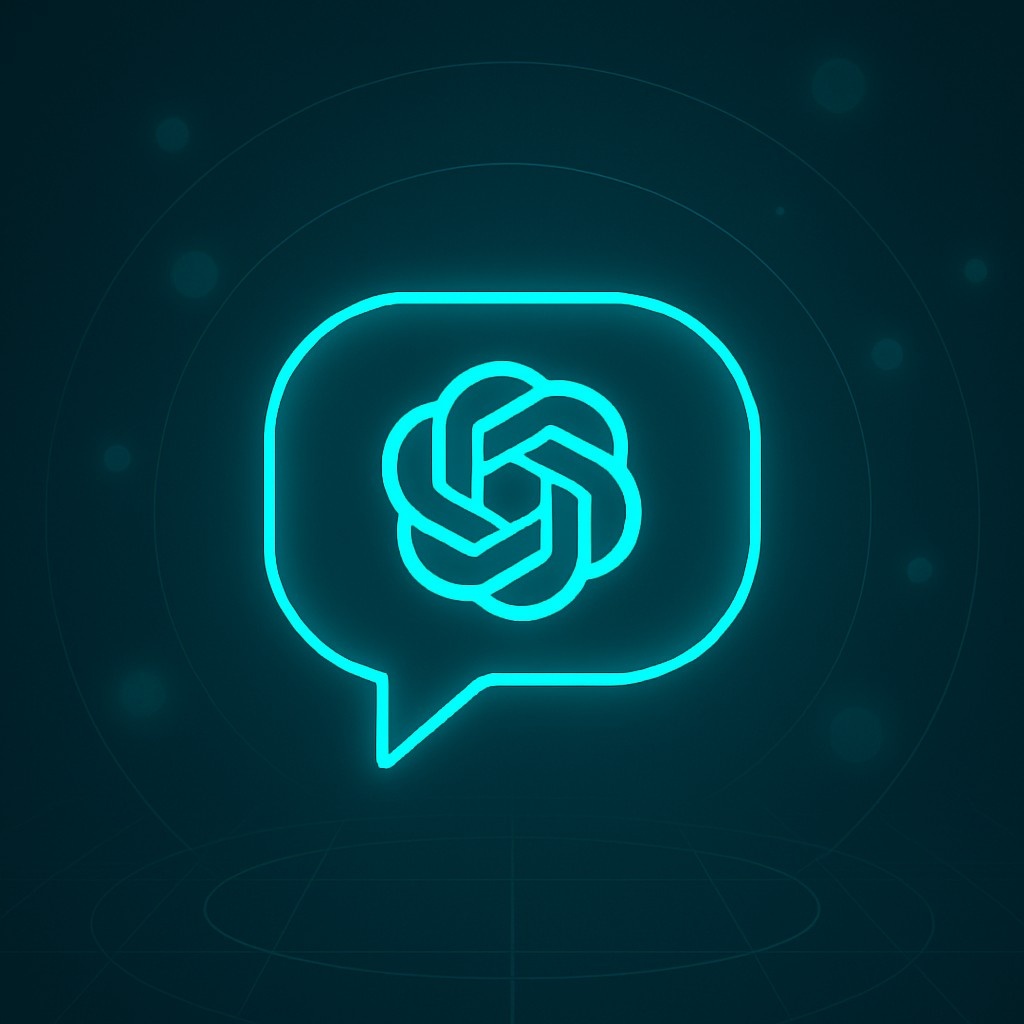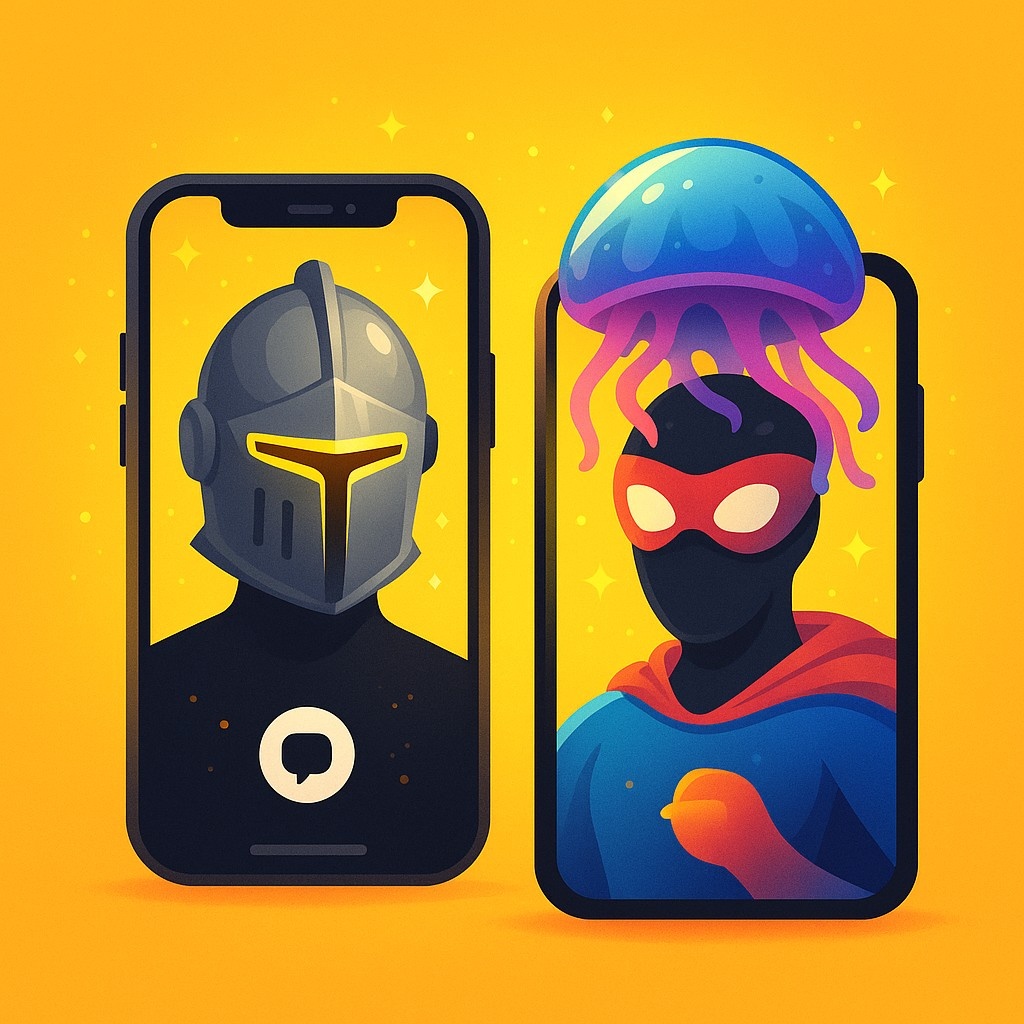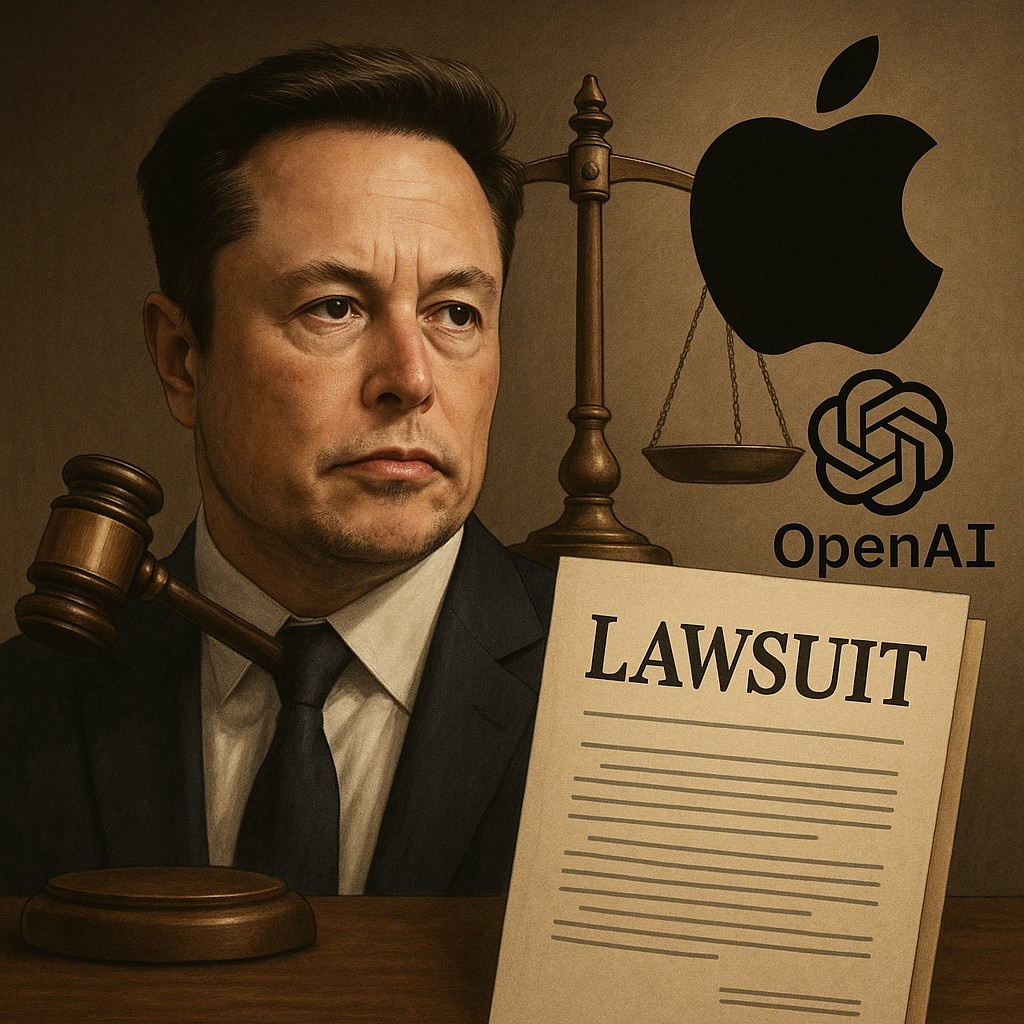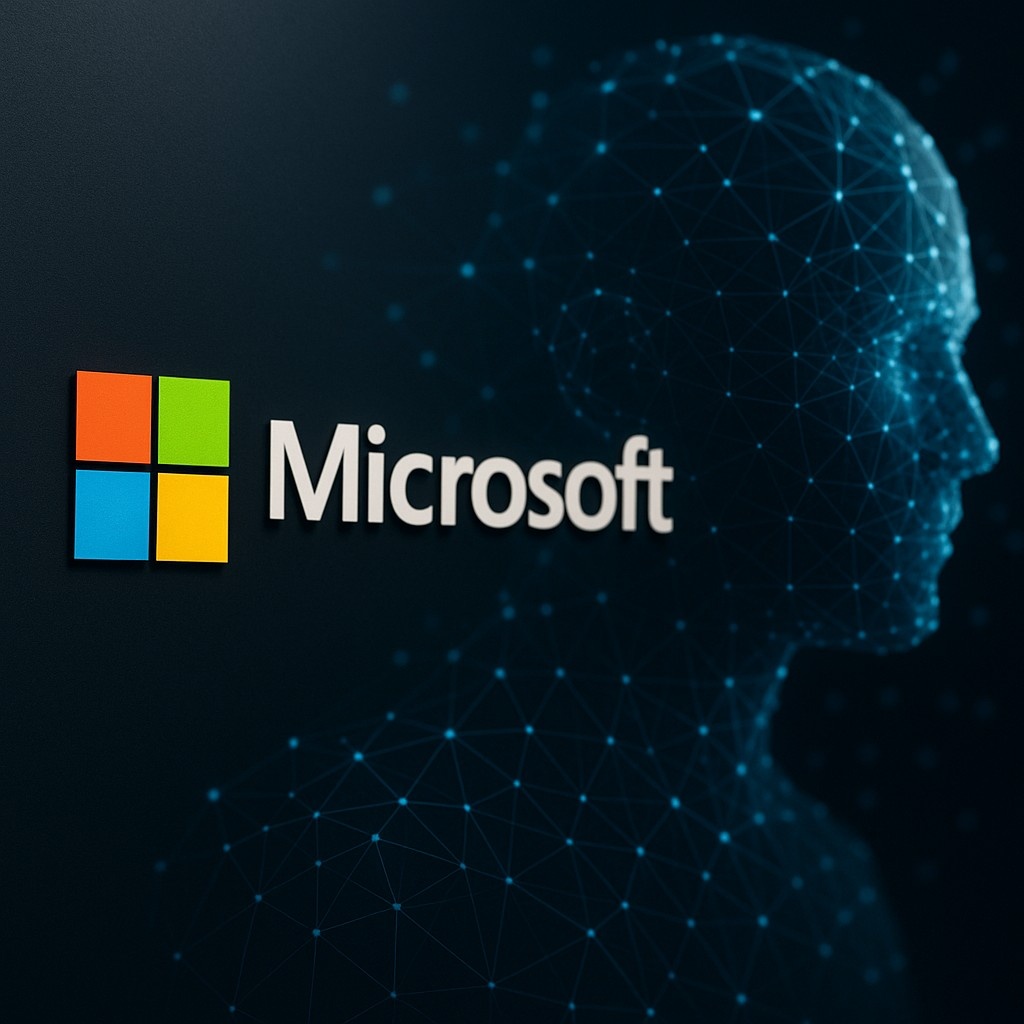ChatGPT Gets an Upgrade: OpenAI Rolls Out GPT-4.1 with Smarter Coding and a Free Boost for Everyone
OpenAI has done it again. Just months after revolutionizing online conversations with GPT-4, the company is raising the bar with the launch of GPT-4.1 — a more capable, faster, and coding-savvy upgrade to its flagship language model. But perhaps the biggest surprise? A new “GPT-4.1 mini” is now available for free users, giving millions a taste of advanced AI without a subscription.
This upgrade isn’t just a minor tweak. It’s the most significant step forward for ChatGPT since GPT-4 debuted — and it’s already turning heads among developers, casual users, and AI enthusiasts alike.
“It’s like ChatGPT hit the gym over the weekend a nd came back buffed up in code and IQ,” quipped one user on social media.
Let’s break down what’s new — and why it matters.
What’s New in GPT-4.1? A Smarter, Faster Assistant for Coders and Creators
In a post on X (formerly Twitter), OpenAI introduced GPT-4.1 as a specialized model optimized for coding and instruction-following. While GPT-4 was already known for handling technical prompts well, GPT-4.1 takes that capability further — offering:
- Faster performance
- Improved code generation and debugging
- More consistent responses to complex instructions
Whether you’re a seasoned developer or a curious beginner, GPT-4.1 now serves as a more powerful AI assistant for writing scripts, solving logic problems, or even learning new languages.
Early users have already reported smoother interactions, fewer hallucinations, and better step-by-step reasoning — particularly in programming contexts. One Reddit user described it as “GitHub Copilot and StackOverflow rolled into one.”
Big Perk for Free Users: Meet GPT-4.1 Mini
Here’s where things get really interesting: OpenAI is rolling out GPT-4.1 Mini to users on the free plan.
Until now, only paid subscribers had access to GPT-4 models, while free users were limited to GPT-3.5 (a capable but aging version). With this update:
- Free users start on GPT-3.5 by default
- Once they hit their daily GPT-4 usage limit, they’re automatically switched to GPT-4.1 Mini
- The Mini model offers a faster, more coherent alternative to previous free versions
OpenAI describes 4.1 Mini as “a fast, capable, and efficient small model,” likely a distilled version of GPT-4.1 with fewer parameters but retaining most of its smarts. The goal? Keep the free experience strong — and competitive.
Early feedback suggests it’s working. Free users are reporting faster replies and more helpful answers, even on technical topics.
A Win-Win: More Power for Paid Users, Better Value for Free Users
If you’re a ChatGPT Plus subscriber (paying $20/month), you now have access to full GPT-4.1 performance — a faster, more capable model than the original GPT-4. OpenAI even hinted that 4.1 might be a better default for everyday tasks, combining speed with intelligence.
Meanwhile, free users benefit from a significant quality boost without paying a cent. This narrows the gap between tiers while cleverly nudging users to consider subscribing after experiencing 4.1 Mini’s power.
It’s a smart move. OpenAI keeps its massive user base happy and hooked — while showcasing just enough premium functionality to tempt upgrades.
AI Coding Wars: OpenAI Doubles Down on Developer Tools
One major focus of the GPT-4.1 release is coding.
This isn’t by accident. With competitors like Google’s Bard and Anthropic’s Claude rolling out improvements, OpenAI wants to own the developer experience. Its Codex engine already powers GitHub Copilot — now GPT-4.1 brings that magic directly into ChatGPT itself.
The result: a conversational programming partner that can explain syntax, refactor code, generate documentation, and debug — all in real-time.
Whether you’re building a Python function or setting up an API call, GPT-4.1 now acts like a live tutor and assistant rolled into one. And as more people experiment with coding using AI, OpenAI is positioning ChatGPT to be the go-to learning and productivity platform.
Confusing Names? Yes. Clearer Experience? Almost.
With model names like GPT-3.5, GPT-4.0, GPT-4.1, 4.0 Mini, and 4.1 Mini now floating around, OpenAI admits the naming is a bit messy. But what matters is user experience:
- Free users get smoother responses and faster fallback options
- Paid users get access to a stronger version of GPT-4
- Developers get better code generation and logic
Expect simplification in the future. For now, most users just want to know: which version is active, and can it help me with my task? In most cases, GPT-4.1 makes a strong case for yes.
Big Picture: AI Assistants Are Rapidly Evolving
The release of GPT-4.1 — just months after GPT-4 — underscores how fast AI is evolving. We’re no longer seeing annual updates; we’re seeing continuous optimization in real time.
This has real-world impact:
- Faster, more accurate answers for students and professionals
- Better coding help for developers and hobbyists
- Broader access to high-quality AI, even on the free tier
And the stakes are rising. As competitors race to release new tools, OpenAI’s strategy seems clear: keep improving, keep users engaged, and lower the barrier for new people to join the AI revolution.
Final Thoughts: Your AI Assistant Just Got Better — Again
With GPT-4.1 and its mini variant now live in ChatGPT, OpenAI is signaling that it’s not standing still. Whether you're a developer, student, marketer, or just someone who likes asking smart questions, ChatGPT just became more helpful.
For free users, this is a gift. For paying subscribers, it's added value. And for the rest of the AI world? It's a challenge.
The chatbot that changed how we search, learn, and create just leveled up — again.
So go ahead. Ask ChatGPT a question. Write some code. Test its memory.
Odds are, it’s going to feel faster, smarter, and more helpful than before.
And that’s exactly how progress should feel.

